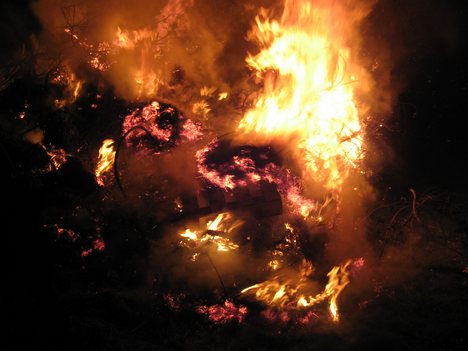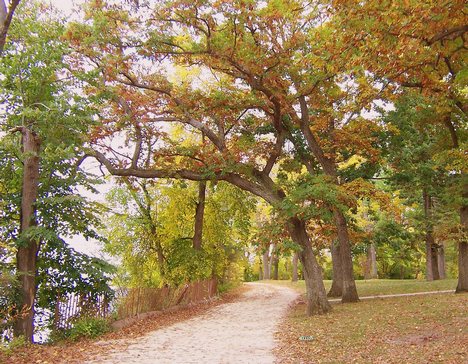
- Order:
- Duration: 9:34
- Published: 10 Jul 2008
- Uploaded: 01 Aug 2011
- Author: EatTheWeeds



















































![Elder Whitewash fungus (Hyphodontia sambuci)]. Elder rates as fair to good forage for wild game such as mule deer, elk, sheep, and small non-game birds. Elder Whitewash fungus (Hyphodontia sambuci)]. Elder rates as fair to good forage for wild game such as mule deer, elk, sheep, and small non-game birds.](http://web.archive.org./web/20110827044946im_/http://cdn2.wn.com/pd/bb/3e/5106c0ae34ef571f56e0bfc2af10_grande.jpg)









Sambucus (elder or elderberry) is a genus of between 5 and 30 species of shrubs or small trees in the moschatel family, Adoxaceae. It was formerly placed in the honeysuckle family, Caprifoliaceae, but was reclassified due to genetic evidence. Two of its species are herbaceous.
The genus is native in temperate-to-subtropical regions of both the Northern Hemisphere and the Southern Hemisphere. It is more widespread in the Northern Hemisphere; its Southern Hemisphere occurrence is restricted to parts of Australasia and South America.
The leaves are pinnate with 5–9 leaflets (rarely 3 or 11). Each leaf is long, and the leaflets have serrated margins. They bear large clusters of small white or cream-colored flowers in late spring; these are followed by clusters of small black, blue-black, or red berries (rarely yellow or white).
The Blackberry Elder Sambucus melanocarpa of western North America is intermediate between the preceding and next groups. The flowers are in rounded panicles, but the berries are black; it is a small shrub, rarely exceeding tall. Some botanists include it in the red-berried elder group.
The red-berried elder complex is variously treated as a single species Sambucus racemosa found throughout the colder parts of the Northern Hemisphere with several regional varieties or subspecies, or else as a group of several similar species. The flowers are in rounded panicles, and the berries are bright red; they are smaller shrubs, rarely exceeding tall.
The Australian elder group comprises two species from Australasia. The flowers are in rounded panicles, and the berries white or yellow; they are shrubs growing to high.
The dwarf elders are, by contrast to the other species, herbaceous plants, producing new stems each year from a perennial root system; they grow to tall, each stem terminating in a large flat umbel which matures into a dense cluster of glossy berries.
Other species: Sambucus melanocarpa Gray (western elder)
Sambucus neomexicana Wooton (New Mexico elder) which is sold in 15 countries worldwide. In the United States, this French elderflower syrup is used to make elderflower marshmallows. St-Germain, a french liqueur, is made from elderflowers.
Wines, cordials and marmalade have been produced from the berries or flowers. In Italy (especially in Piedmont) and Germany the umbels of the elderberry are batter coated, fried and then served as a dessert or a sweet lunch with a sugar and cinnamon topping. Elderberries are a key ingredient in "purple juice".
Hollowed elderberry twigs have traditionally been used as spiles to tap maple trees for syrup.
Native species of elderberry are often planted by people wishing to support native butterfly and bird species.
A 2001 study entitled "The effect of Sambucol, a black elderberry-based, natural product, on the production of human cytokines: I. Inflammatory cytokines" concluded: "We conclude from this study that, in addition to its antiviral properties, Sambucol Elderberry Extract and its formulations activate the healthy immune system by increasing inflammatory cytokine production. Sambucol might therefore be beneficial to the immune system activation and in the inflammatory process in healthy individuals or in patients with various diseases. Sambucol could also have an immunoprotective or immunostimulatory effect when administered to cancer or AIDS patients, in conjunction with chemotherapeutic or other treatments. In view of the increasing popularity of botanical supplements, such studies and investigations in vitro, in vivo and in clinical trials need to be developed."
Valley elderberry longhorn beetle in California are very often found around red or blue elderberry bushes. Females lay their eggs on the bark. Larvae hatch and burrow into the stems.
Dead elder wood is the preferred habitat of the mushroom Auricularia auricula-judae, also known as "Judas' ear fungus".
The pith of elder has been used by watchmakers for cleaning tools before intricate work.
If an elder tree was cut down, a spirit known as the Elder Mother would be released and take her revenge. The tree could only safely be cut while chanting a rhyme to the Elder Mother.
Category:Berries Category:Medicinal plants Category:Patent medicines Category:Flora of Pakistan Category:Flora of California chaparral and woodlands Category:Garden plants of North America Category:Drought-tolerant plants Category:Plants and pollinators Category:Butterfly food plants
This text is licensed under the Creative Commons CC-BY-SA License. This text was originally published on Wikipedia and was developed by the Wikipedia community.
